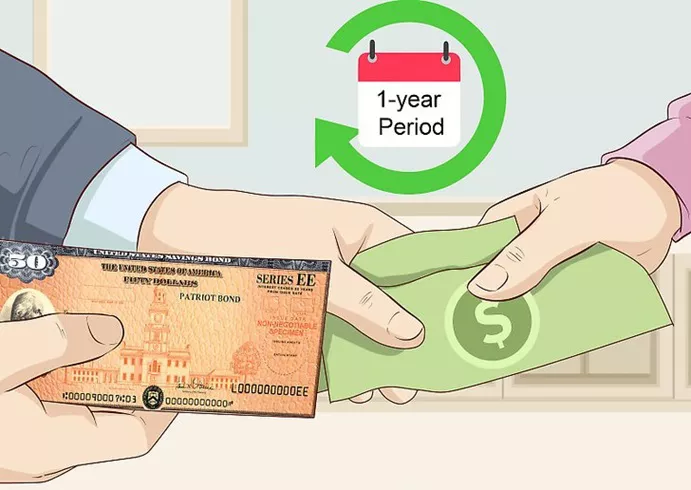Series EE bonds are a popular form of U.S. government savings bond, known for their safety and fixed interest rates. If you’re looking to cash in your Series EE bonds, it’s essential to understand the process to ensure a smooth transaction. This guide provides detailed instructions on how to redeem your bonds, whether they’re electronic or paper, and offers insights into the associated timelines and tax implications.
Understanding Series EE Bonds
Series EE bonds are non-marketable securities issued by the U.S. Department of the Treasury. They are designed to be a low-risk investment, offering a fixed interest rate. These bonds are sold at face value and earn interest for up to 30 years. After 20 years, they are guaranteed to double in value, meaning the interest earned will equal the original purchase price.
It’s important to note that Series EE bonds must be held for at least one year before they can be cashed. If you redeem them before five years, you’ll forfeit the last three months of interest. After five years, there is no penalty for redemption.
How to Cash in Electronic Series EE Bonds
If your EE bonds are in electronic form, you can redeem them through your TreasuryDirect account. Follow these steps:
- Log in to your TreasuryDirect account.
- Navigate to the “ManageDirect” tab.
- Under “Manage My Securities,” select “Redeem securities.”
- Choose the bond(s) you wish to redeem.
- Specify the amount to redeem (you can redeem all or part of the bond’s value).
- Confirm your redemption request.
- Submit your request and note the confirmation for your records.
Funds from the redemption will be directed to your linked bank account. If you haven’t linked a bank account, you’ll need to do so before completing the redemption process.
How to Cash in Paper Series EE Bonds
For paper EE bonds, the redemption process differs slightly:
- Visit a local financial institution that is authorized to redeem U.S. savings bonds.
- Bring the bond(s) and a valid photo ID.
- Fill out the required forms provided by the institution.
- Submit the bond(s) and forms to the bank representative for processing.
Alternatively, if you prefer to mail your paper bonds for redemption, complete FS Form 1522 and send it along with the bonds to the address specified on the form. Ensure you follow all instructions carefully to avoid delays.
Redeeming Bonds for a Minor or Estate
Special procedures apply when redeeming bonds for minors or estates:
- Minors: A parent or legal guardian can redeem bonds for a minor by presenting the bond(s) and the minor’s Social Security number at a financial institution. Some institutions may require additional documentation.
- Estates: To redeem bonds from a deceased individual’s estate, you’ll need to provide a certified death certificate and legal documentation proving your authority to act on behalf of the estate. Submit these documents along with the bonds to the appropriate address.
Always check with the financial institution or the TreasuryDirect website for specific requirements related to minors or estates.
Tax Implications of Cashing in EE Bonds
Interest earned on Series EE bonds is exempt from state and local income taxes but is subject to federal income tax. The interest is reported to the IRS when you redeem the bond. You will receive a Form 1099-INT detailing the interest earned during the tax year.
If you use the proceeds from the redemption for qualified educational expenses, you may be eligible to exclude the interest from federal income tax under the Education Savings Bond Program. Ensure you meet all requirements and consult IRS Publication 970 for detailed information.
Tips for Maximizing Your Bond Redemption
- Hold Bonds for at Least Five Years: To avoid penalties, redeem your bonds after holding them for at least five years.
- Use for Education Expenses: Consider using the proceeds for qualified education expenses to take advantage of potential tax exclusions.
- Keep Records: Maintain detailed records of your bond purchases and redemptions for tax reporting purposes.
- Monitor Interest Rates: Stay informed about current interest rates to determine the optimal time for redemption.
Conclusion
Cashing in your Series EE bonds is a straightforward process, whether they’re in electronic or paper form. By understanding the redemption procedures and associated tax implications, you can make informed decisions about your investment. Always consult the TreasuryDirect website or a financial advisor for personalized guidance.
Related topics:


